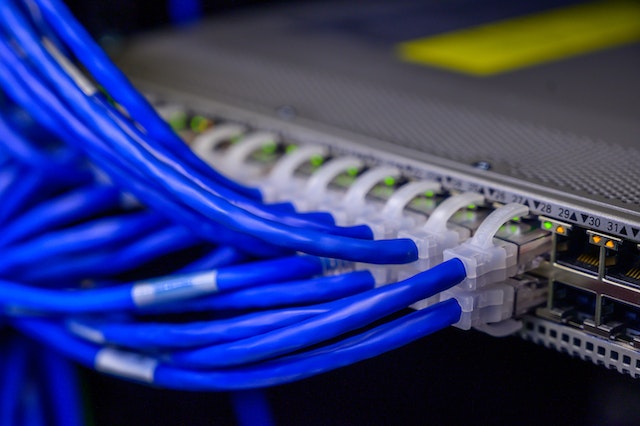You must look at your environment through the eyes of a hacker to help safeguard your network. Penetration testing, often known as ethical hacking, is the practice of examining network settings, spotting possible weak spots, and then attempting to exploit those spots to discover and fix security flaws.
A segmentation check is a form of penetration testing. It is employed to make sure that less secure networks cannot interact with your secure network. You are testing the controls to ensure your company’s segmentation is safe and operating as intended. Let’s take a more detailed look into what that entails.
Table of Contents
What is network segmentation?
In the architectural design known as network segmentation, a network is divided into several segments, each of which operates as a separate, smaller network. Segmentation works by regulating the network’s traffic flow. Depending on the location, traffic might be confined to segments or to specific areas, as well as to where it can and cannot travel. The kind, source, and destination of the traffic might also restrict its flow.
Why do companies use network segmentation?
Utilizing network segmentation can provide you with more time during an attack, which is one of its main advantages. It will take more time for an attacker to escape a segmented area of your network if they successfully breach it to access the resources they actually want if your network is segmented.
Strong network segmentation also can reduce the harm caused by such breaches by preventing attackers from escaping a system before the breach has been contained and their access has been turned off. The amount of time, money, and effort required to recover from a breach involving thousands of financial data across your whole network differs greatly from a breach in which the attacker could only penetrate a single segment.
Another major reason why companies use network segmentation is that compliance with PCI DSS regulations relies heavily on it. The PCI DSS recommends using network segmentation to separate any system components that are utilized to store or process credit card data or other sensitive data.
What is a segmentation check?
A vital step in the implementation and continuing routine maintenance of network segmentation is the segmentation check. To make sure that the communication between various network segments functions as intended, it often entails a number of human or partially automated security and network tests. There are no vulnerabilities or security loopholes that an attacker may use.
Someone from the internal team or an expert from an outside third party can carry out a segmentation check. Hiring an outside expert is typically the best course of action because many security standards, including PCI compliance, need companies to complete these segmentation checks in the best way possible.
Best tips to perform segmentation checks
1. Select the tester wisely
You have two choices for a segmentation tester, as previously mentioned: a third party or an internal tester. Although it is feasible to do a test internally, doing so often results in lower efficiency than hiring an outside expert.
If a third party is involved, the tester must adhere to accepted segmentation check practices. If they report a problem, you should address it right away. The next set of verification tests will be informed by the modifications and vulnerabilities you documented.
An internal tester cannot participate in the creation, upkeep, or management of the targeted system. They must be organizationally distinct from it. The tester must then follow accepted segmentation check guidelines and record their efforts. If you are choosing an internal tester, following the network security checklist by NordLayer can be a good idea.
2. Make sure to do testing every 6-12 months
Every 6 months, PCI DSS mandates segmentation checks for service providers to verify that segmentation controls are operating as intended. Segmentation checks must be done for merchants once every 12 months.
Through this testing, it will be confirmed that segmentation is restricting both incoming and outgoing traffic to the connections necessary for the specified business operations. Both the exploitation of the network segmentation devices and the exploitation of traffic rulesets should be the main objectives of the testing.
3. Choose your testing provider well
A broad variety of testing services are available for segmentation checks. Some businesses just offer segmentation checks as their main service. These are typically less expensive than comprehensive penetration testing consultancies. As the emphasis is on completing the absolute least to satisfy the criteria, these companies will use a more automated approach in these situations, with less manual testing.
The choice between a more full testing consultancy and a more limited testing provider relies on what your business really needs and the scope of your operations.
4. Use PCI DSS compliance as a guideline
PCI DSS compliance is one of the benefits of network segmentation. The whole network would be subject to the PCI DSS evaluation in the absence of network segmentation. Although network segmentation is not necessary to comply with PCI DSS, your IT staff will value its many advantages when using your system regularly. Additionally, network segmentation enables your external auditing team to conduct faster and more thorough investigations into your PCI DSS operations.




